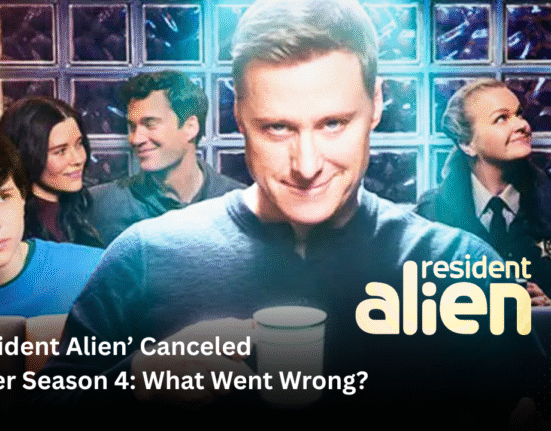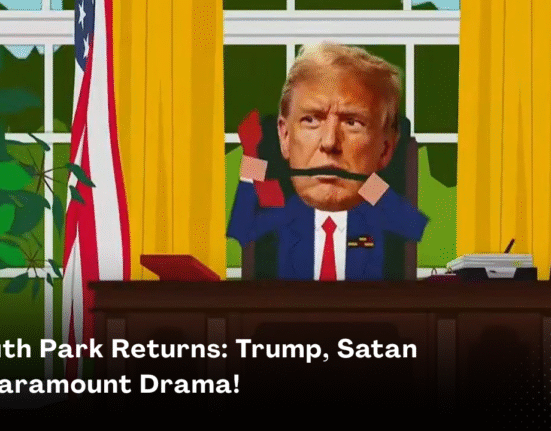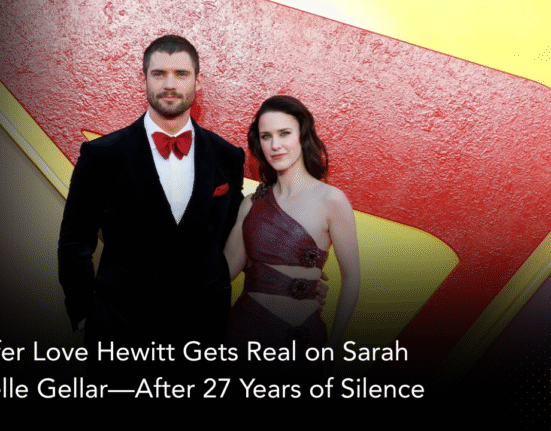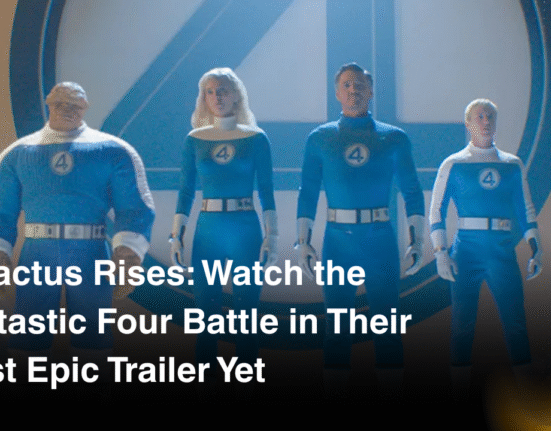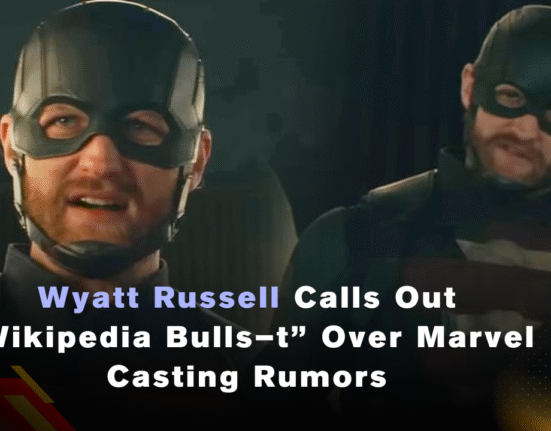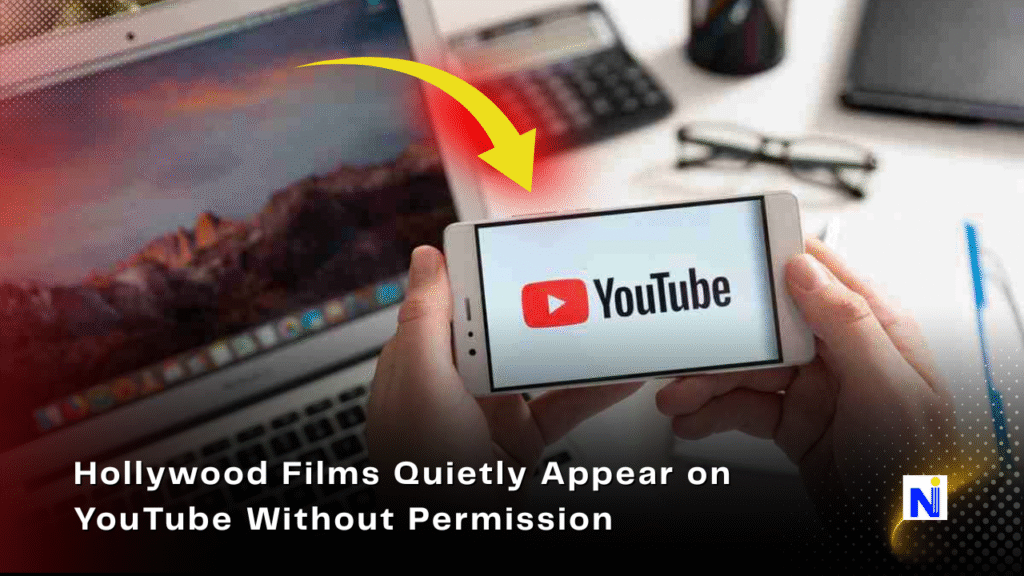
When Summer Blockbusters Hit Screens, Pirates Hit Upload
As Hollywood ramps up its summer blockbuster season with big-budget releases like Disney’s Lilo & Stitch remake and Marvel’s Captain America: Brave New World, another parallel industry is booming—online piracy. And the biggest culprit, shockingly, isn’t a sketchy torrent site tucked away in the internet’s shadows. It’s YouTube.
That’s right—the very platform that once promised creators a safer, copyright-respecting place to share content has now become a surprising host for pirated Hollywood films. According to a report by analytics firm Adalytics, over 200,000 people watched an illegal version of Lilo & Stitch on YouTube just days after its $361 million global opening. The live-action remake reportedly cost Disney around $100 million to produce. That’s a massive potential hit to box office and streaming revenue.
Welcome to 2025, where even billion-dollar media companies are fighting ghosts in the algorithm.
The Scale of YouTube Piracy: A Wake-Up Call
Adalytics’ Startling Findings
Adalytics, a firm focused on digital ad transparency, uncovered over 9,000 instances of copyright violations on YouTube. These weren’t just obscure indie films. We’re talking:
- Captain America: Brave New World (exclusive streaming title)
- Extraction 2 (Netflix original)
- Family Guy episodes
- Full-length NCAA football games
Over 250 million combined views were racked up by pirated uploads, many of which also ran ads from top-tier brands like Disney+, HBO Max, and Hulu—ironically, platforms hurt most by piracy.
“Some of these uploads were reviewed by The New York Times, and the results are jaw-dropping,” said Krzysztof Franaszek, founder of Adalytics.
Why This Matters
| Impacted Sector | Consequence |
|---|---|
| Movie Studios | Loss of ticket and streaming revenue |
| Advertisers | Ads placed on unauthorized content |
| Consumers | Exposed to illegal content unknowingly |
The Pirates’ Playbook: Tricks to Evade Detection
YouTube’s automated copyright detection tool, Content ID, has generally done a decent job over the years. But it’s far from foolproof, and pirates know how to beat it. Here’s how:
Tactics Used by Uploaders
- Cropping and Resizing – Reduces Content ID’s ability to match visuals.
- Audio Manipulation – Slightly distorting the soundtrack avoids detection.
- Reversing Footage – A mirrored video flies under the radar.
- Time Delay & Speed Edits – Modifies the pacing of scenes to confuse algorithms.
- Clip Inserts – Pirates add random scenes of everyday life at the end or middle.
“We’re seeing pirates post content and delete it the same day, scooping thousands of views before being caught,” says Franaszek.
YouTube’s Response: Not Quite Enough
YouTube, owned by Google, maintains that its Content ID system is one of the most advanced anti-piracy tools in the industry. According to spokesperson Jack Malon:
“We flagged 2.2 billion videos last year. Rights holders allowed 90% to remain.”
But here’s the catch:
- Only 10% of flagged videos are removed, and
- YouTube does not analyze which of these are new blockbuster films.
In some cases, YouTube itself may be profiting from ads run during pirated streams, though the company hasn’t disclosed how much.
What About the Studios?
Major rights holders like Disney, Netflix, and Warner Bros. were reportedly contacted by The New York Times but didn’t respond to the findings. However, Larissa Knapp, Chief Content Protection Officer of the Motion Picture Association (MPA), offered this sobering remark:
“At one point, our anti-piracy partnership with YouTube worked. But if ads are being served on illegal content, things may have gone off the rails.”
The Real Victims: Advertisers and Viewers
Advertisers: Paying for Ghost Impressions
Many advertisers—some of them ironically content creators themselves—are unknowingly funding pirated content. When YouTube removes a video, it often scrubs the metadata, making it hard for advertisers to determine where their ads ran.
“We found that up to 60% of our ad spend went to videos marked ‘no longer available’. That’s not just a glitch—it’s a black hole,” said Erich Garcia of Quote.com.
Consumers: Watching Illicit Content Unaware
Most casual users have no idea they’re watching pirated content. When a YouTube video looks professional, plays smoothly, and even runs ads from major companies, viewers assume it’s legitimate.
Why This Isn’t Just a Hollywood Problem
The implications stretch far beyond entertainment. If pirates can beat Content ID with ease:
- Educators and creators can have their original work stolen.
- Advertisers waste massive budgets on ghost content.
- Users lose trust in YouTube’s content integrity.
The ecosystem thrives only if all parties—creators, advertisers, and audiences—have transparency.
Can Anything Be Done?
Here’s what industry insiders and analysts are recommending:
For YouTube:
- Improve transparency with advertisers post-removal.
- Regular audits of top-performing content.
- Public dashboards on takedown stats.
For Studios:
- Direct integration with platforms like Adalytics.
- Deploy third-party monitors for ad spend tracking.
For Advertisers:
- Use platforms that offer post-campaign audits.
- Push for refunds or credits when ads run on pirated content.
A Broken Model Needs Fixing
Hollywood and YouTube are on the same team when it comes to battling piracy. But the latest data suggests cracks in the armor. With hundreds of millions of views on pirated films and advertisers paying the price, it’s clear something has to change.
Piracy might be as old as film itself, but in 2025, it’s more mainstream—and accessible—than ever.
🎬 What do you think? Should YouTube be doing more? Sound off in the comments below


